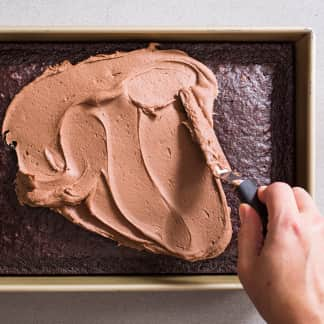Anyone who has eaten a piece of a baking bar knows that while unsweetened chocolate may look like candy, it’s definitely not. But in fact, unsweetened baking bars—more than any other kind of chocolate—most closely resemble how chocolate has been consumed for the better part of its 3,500-year history. But it wasn’t until 1847 that a British chocolate company called J. S. Fry & Sons began pressing chocolate and sugar into bars, making the very first “eating chocolate.” It would be another 30 years before other innovations—such as adding milk powder and other ingredients to reduce bitterness and using a method called conching to give chocolate a smoother texture—would result in the sweet chocolate candy we know today.
Perhaps the purest form of chocolate sold in supermarkets, unsweetened chocolate is typically made from 100 percent fermented and roasted cacao nibs that have been ground into a paste, melted, and solidified into a bar. While dark chocolate can have a cacao content as high as 85 percent, it still contains just enough sugar to make it palatable when eaten out of hand, whereas unsweetened chocolate contains no sugar or dairy—just processed cacao beans.











